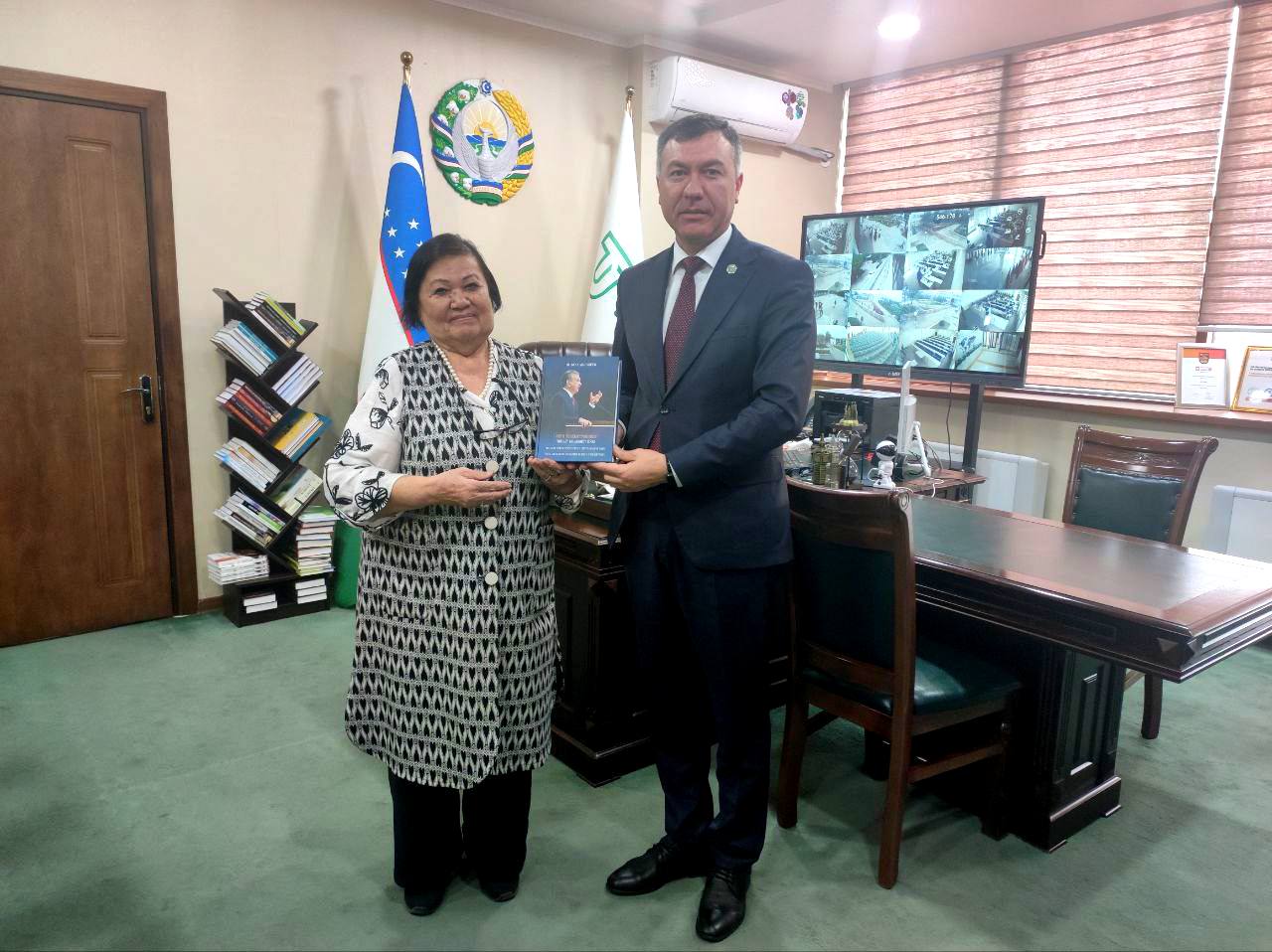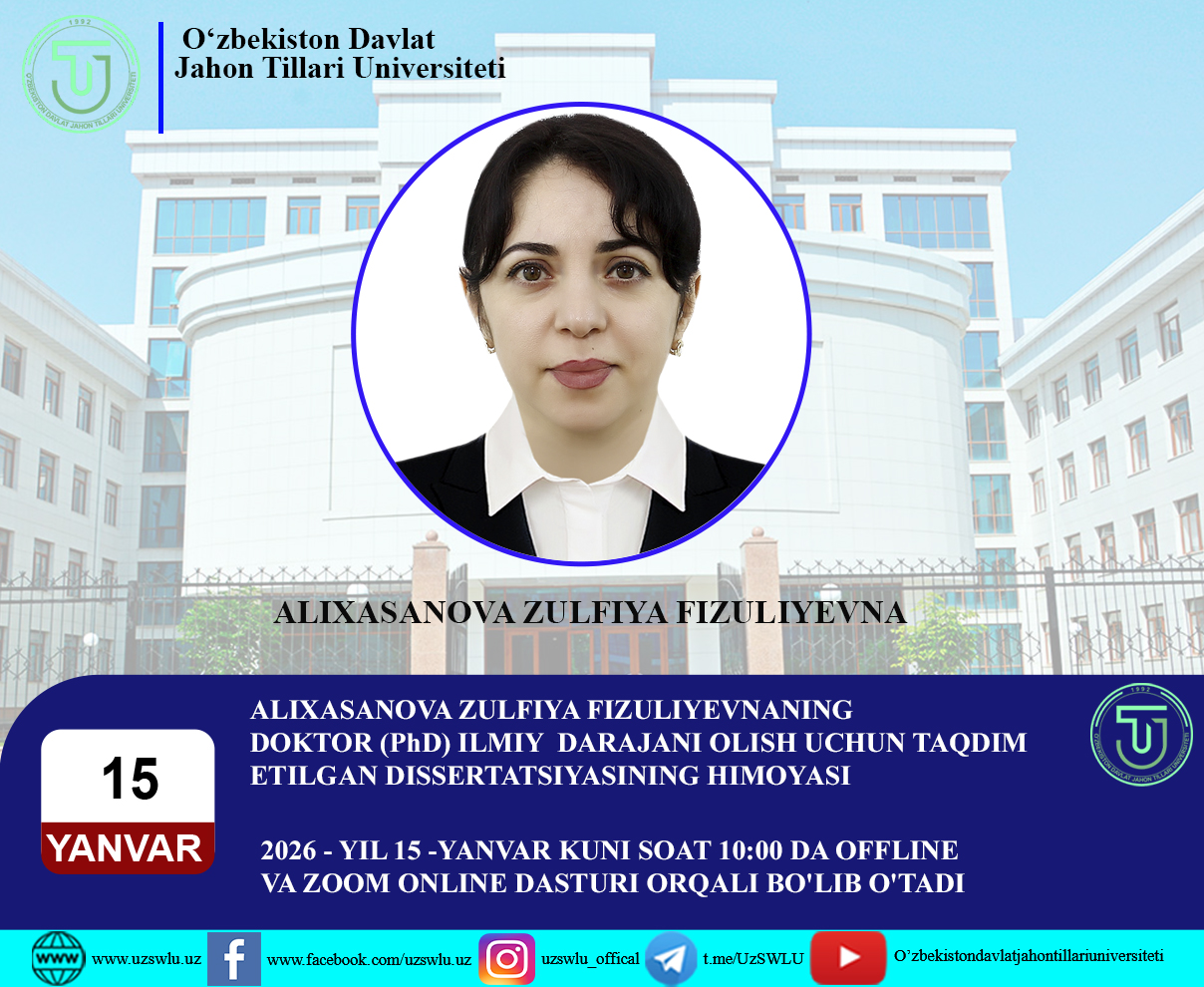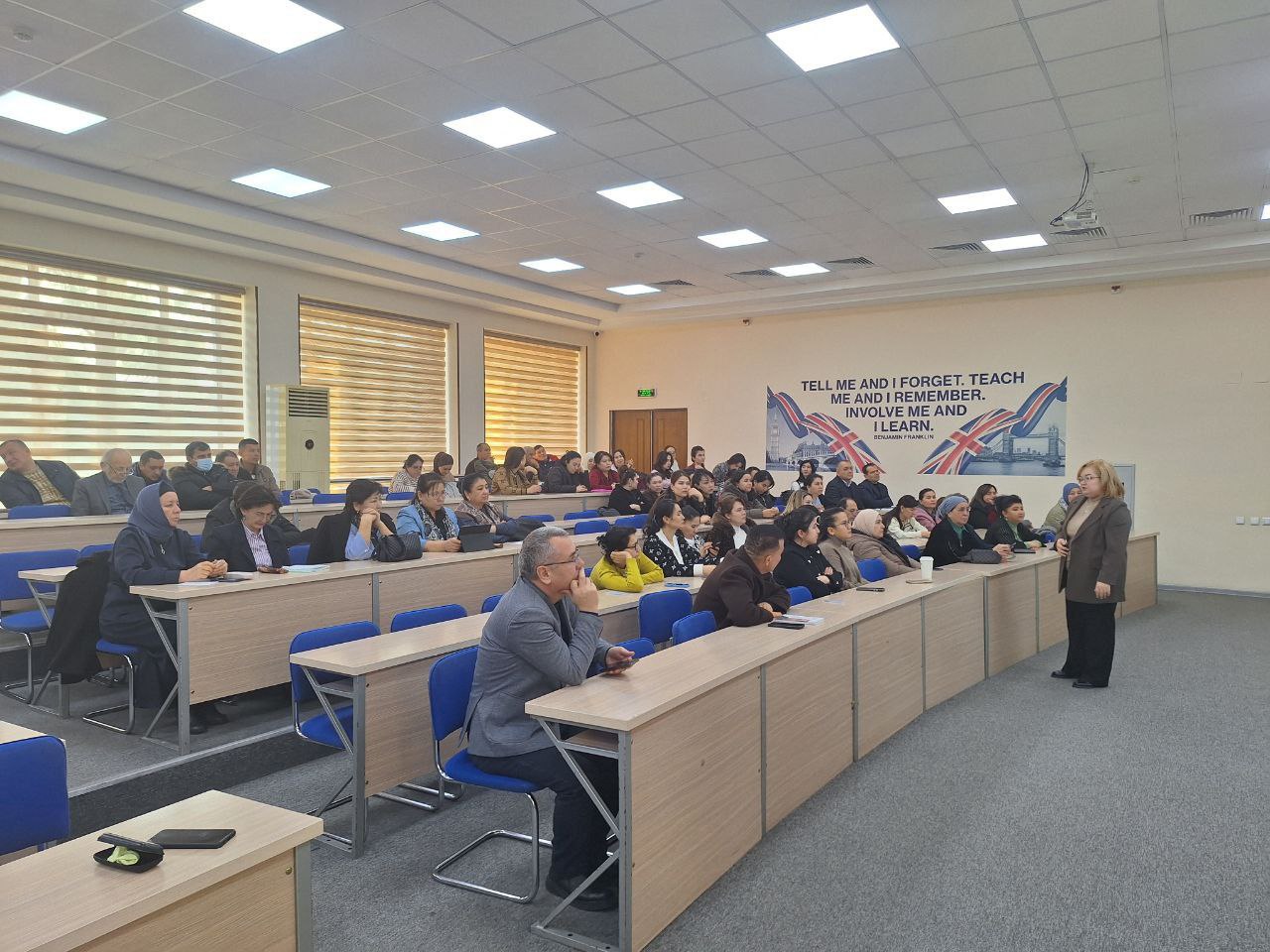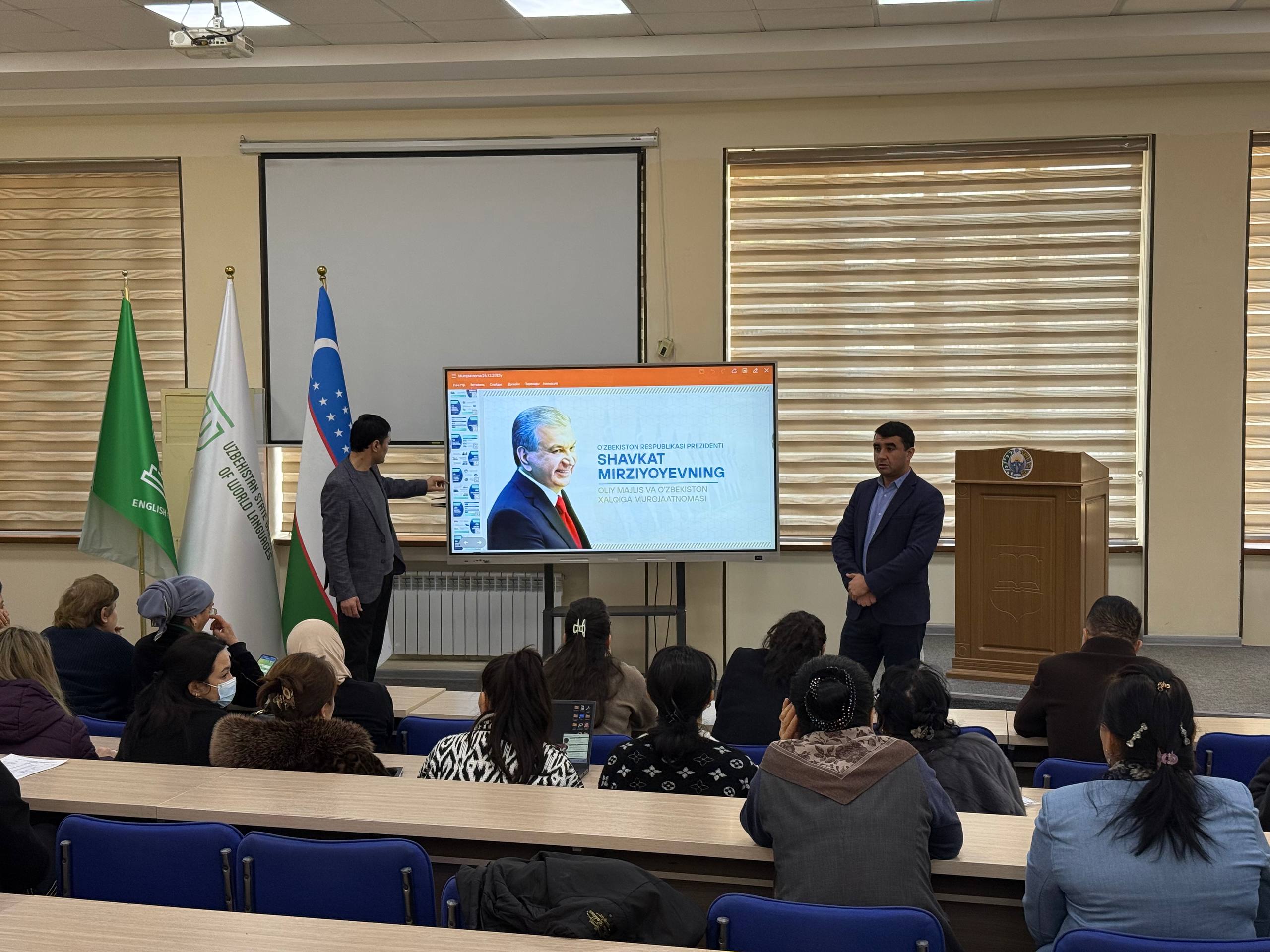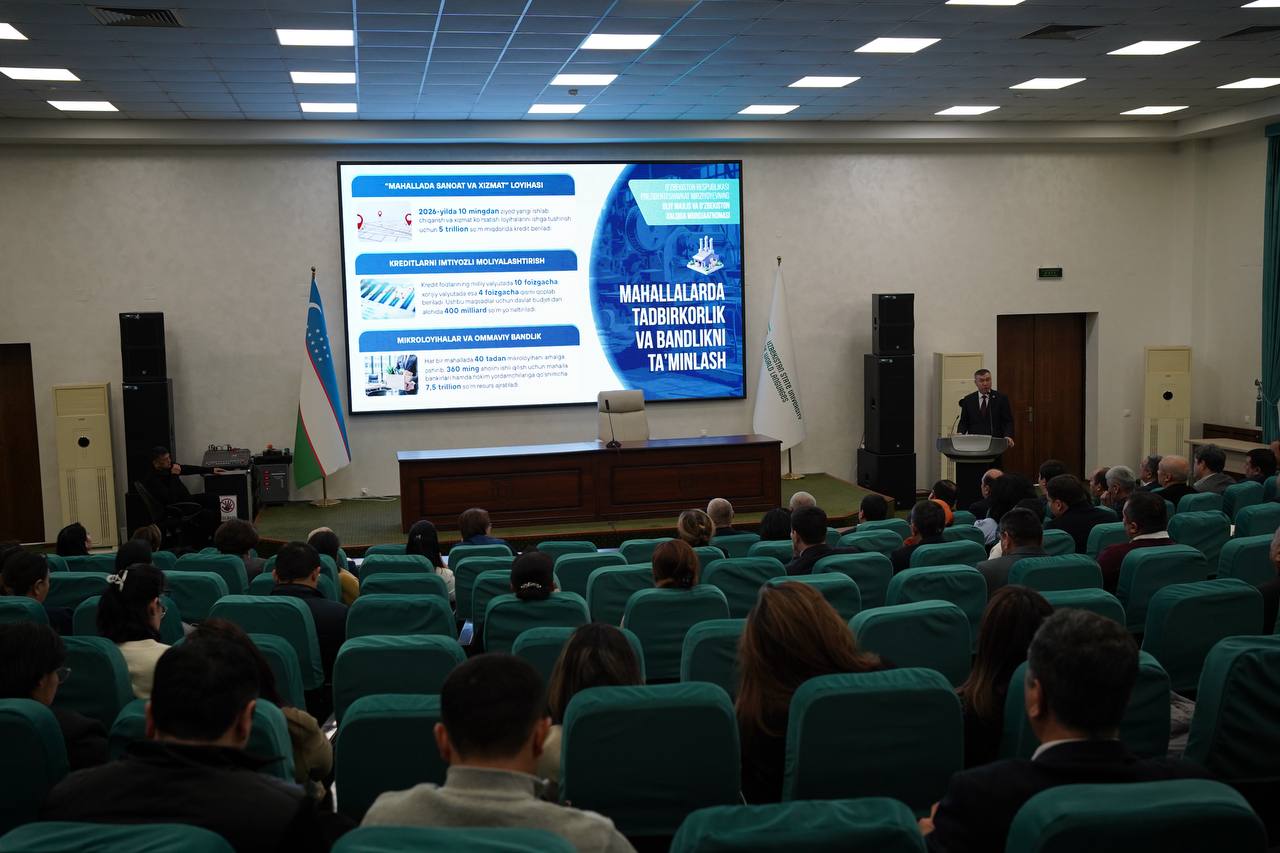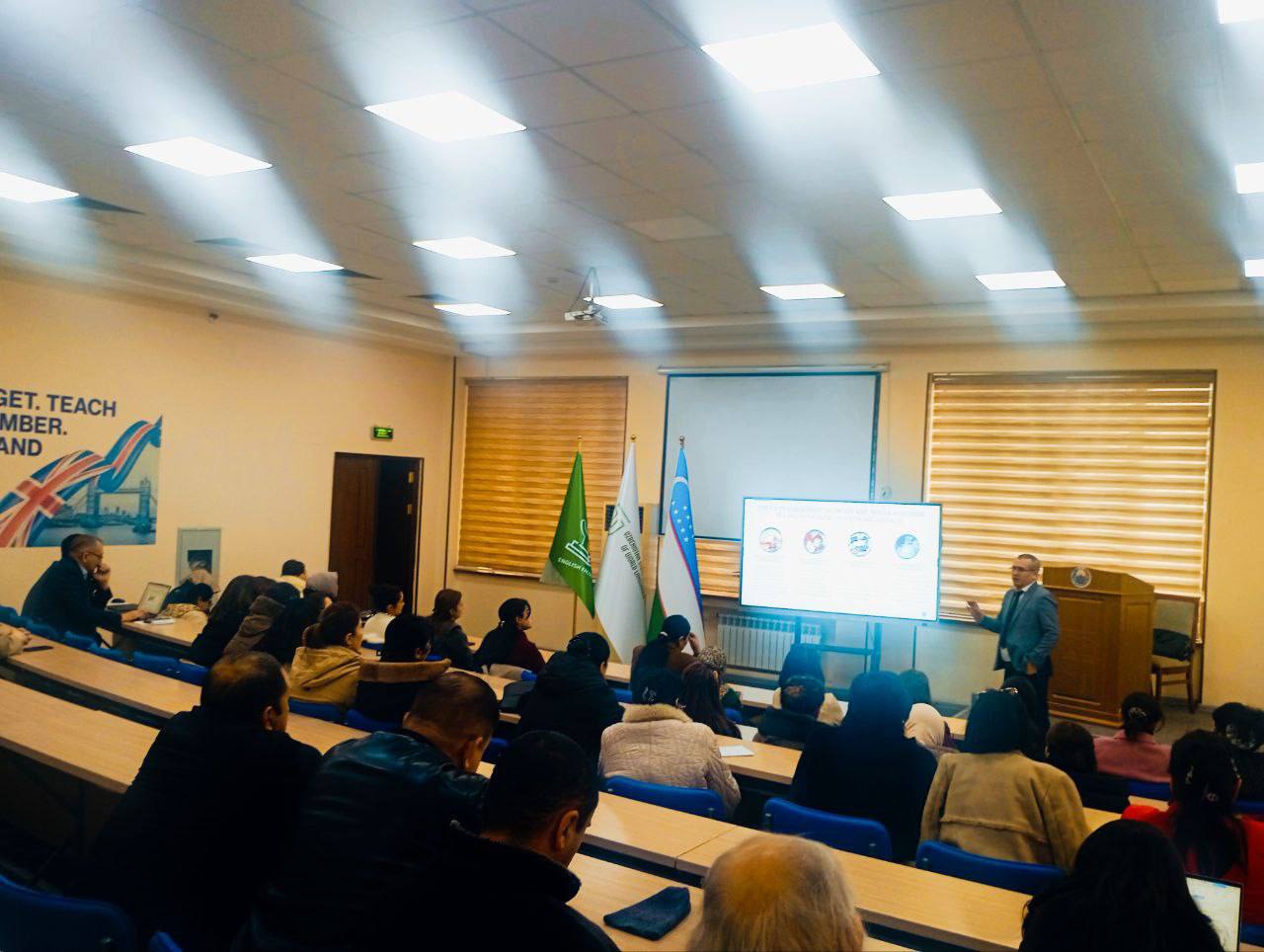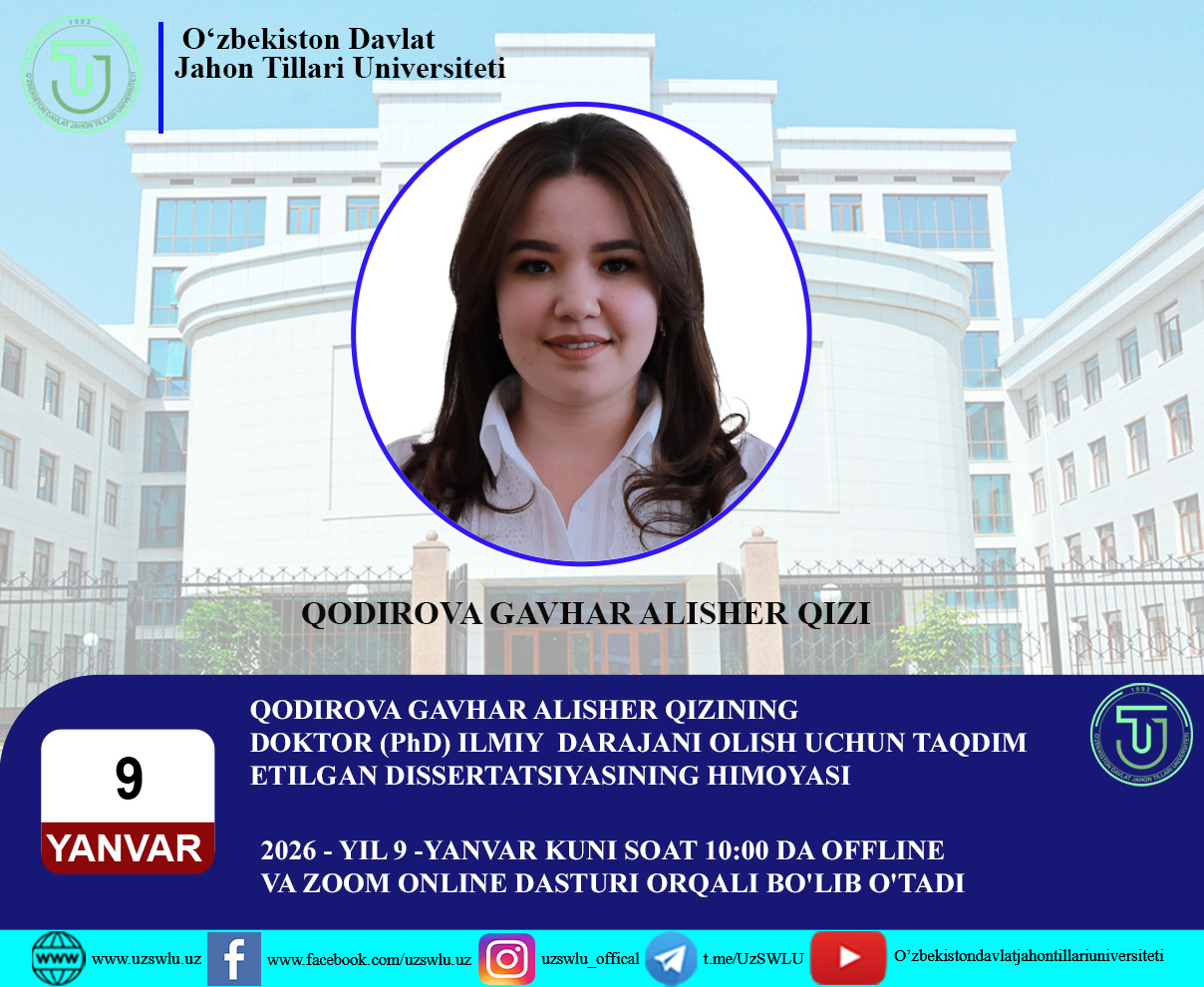President Shavkat Mirziyoyev’s book "The Path of Green Development of New Uzbekistan" is an important source for studying Uzbekistan’s ecological policy, the fight against climate change, and the transition to a green economy. The book discusses the country's approach to environmental issues and initiatives to address global environmental challenges, such as the Aral Sea tragedy.
Chapter 1: "GREEN" DEVELOPMENT — THE PATH CHOSEN BY HUMANITY "Currently, three crises are accelerating worldwide: climate change, the reduction of biodiversity, and environmental pollution, as well as the depletion of natural resources. These problems have become the main threats to sustainable development of humanity." The first chapter discusses global crises — climate change, the decline of biotourism, and the depletion of natural resources. These issues have become the largest threats to sustainable development and require cooperation among nations. President Mirziyoyev states that "the path of sustainable development is the only correct path for humanity." Therefore, "no country can avoid or eliminate these global threats alone." In 2017, the President appeared before the United Nations General Assembly with a map depicting the Aral Sea tragedy, calling on the international community to unite in addressing ecological problems. The book also presents proposals to ensure environmental sustainability in the Aral Sea region. "These threats are approaching their 'catastrophic point,' and in such complex conditions, no country can avoid or eliminate these global threats alone," the book emphasizes.
Chapter 2: Central Asia — Towards "Green" Development and a Sustainable Future "As in the rest of the world, in Central Asia, climate change, the growing scarcity of water resources, and environmental problems highlight the importance of ensuring harmony between science, industry, and environmental challenges." The second chapter elaborates on water scarcity, climate change, and environmental threats in Central Asia. It is expected that over the next 30 years, the average temperature in the region will rise by 1.5 degrees Celsius, and one-third of glaciers will disappear. "As mentioned in the book, over the next 30 years, the temperature in our region will rise by one and a half degrees. Nearly one-third of glaciers will be lost." These changes will lead to a reduction in water resources, which will pose a serious threat to the socio-economic stability of the region. "If we do not take timely action, the consequences of these problems will seriously undermine the socio-economic stability of our region. Only through determination, a systematic approach, and unity can solutions be found," the book states. Additionally, "special attention is given to the issue of water scarcity in Central Asia." The region’s water resources will be unable to meet growing demand, and by 2040, water needs may triple, resulting in economic losses, and once again, the importance of regional cooperation is emphasized. "Over time, economic losses may reach 11% of the total regional product."
Chapter 3: New Uzbekistan — The Path of "Green" Development "In New Uzbekistan, the path of green development has become a nationwide movement." The third chapter discusses Uzbekistan’s path to green development and its ecological reforms. The national project "Green Makon" is not a one-time event but a five-year initiative, during which 1 billion saplings are planned to be planted. This project is aimed not only at ensuring environmental sustainability but also at preserving national values. "Uzbekistan's advanced approaches to the use of alternative energy sources and the goals set for the country are also reflected in this chapter." The book details President Mirziyoyev's plans to increase the share of renewable energy to 54% by 2030 and to build new solar and wind power plants. "By 2030, the share of renewable energy in our country is planned to reach 54%. In the coming years, the construction of 18 gigawatts of solar and wind power plants, 3 gigawatts of hydroelectric stations, 5 gigawatts of energy storage systems, and the launch of power networks worth 5 billion dollars are all included in the plans."
Conclusion President Shavkat Mirziyoyev’s book "The Path of Green Development of New Uzbekistan" reflects the main principles of Uzbekistan’s ecological and climate policy. The book discusses ecological threats, sustainable development, the transition to a green economy, and achievements in international cooperation. This book is an important resource for understanding the strategic approach to combating environmental issues, both in Uzbekistan and in Central Asia, as well as globally.
